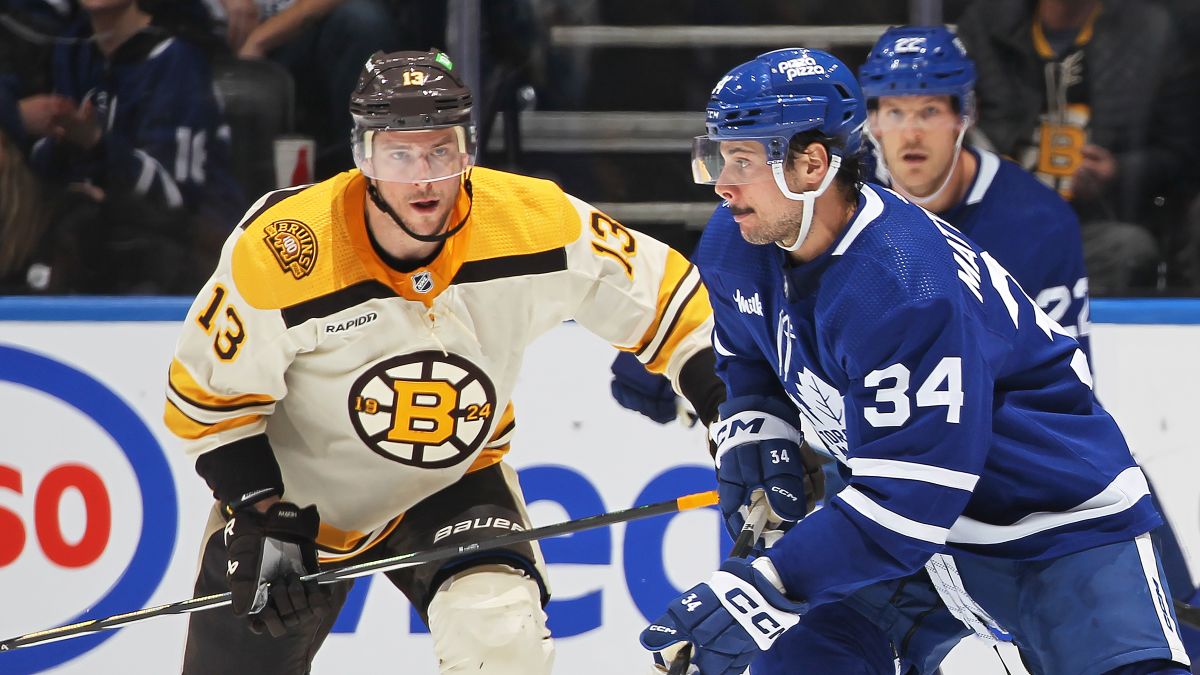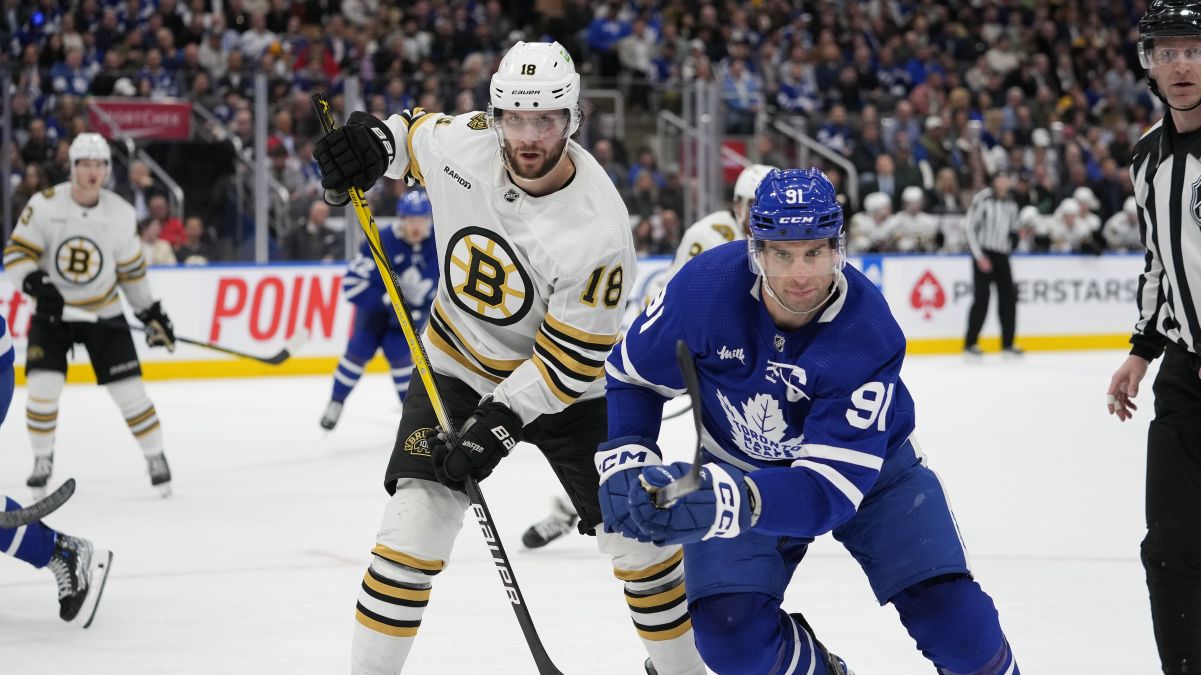The Smithsonian's National Museum of African American History and Culture announced on Wednesday a new exhibition dedicated to the Black athletes who have paved the way for today's growing diversity in the sport.
On display in the "Sports: Leveling the Playing Field" gallery, a statue of what media called "the Jackie Robinson of hockey" in Willie O'Ree headlines the new exhibition case. O'Ree was the first Black player to play in the NHL when the Boston Bruins called him up from the minors to replace an injured player on Jan. 18, 1958.
Washington Capitals owner Ted Leonsis was among those to push for O'Ree's inclusion in the museum's growing rotation of displays and has since joined Caps part-owner Earl Stafford on the museum's 30-member council.
Stay in the game with the latest updates on your beloved Boston sports teams! Sign up here for our All Access Daily newsletter.
"What I'm most happy about is that the millions and millions of tourists and students and young people who come to visit the Smithsonian Museum will now see the NHL represented in the sports gallery and the first exemplar of that would be Willie O'Ree," Leonsis said in a release.
O'Ree started his hockey career at age 15 for his hometown team in New Brunswick, Canada, before joining the Ontario Hockey Association as a junior scorer, losing 95% of the vision in his right eye in the process after a puck hit him in the eye. His perseverance through racial and physical obstacles to become the first Black athlete to make it in the NHL has inspired today's generation to play the sport they love.
While his playing career lasted only 45 games, O'Ree's lasting impact is unwavering and he was inducted into the Hockey Hall of Fame 2018.
"When I visited the National Museum of African American History and Culture in 2018, I never imagined that I would one day be part of the sports exhibit," O'Ree said. "This is a very special honor for me and my family."
Boston Bruins
Before O'Ree made his imprint on the NHL, though, the exhibit highlights the history of Black athletes founding the Colored Hockey League in 1895 and the exodus of about 30,000 formerly enslaved African Americans whose descendants found a passion for the sport of hockey.
The museum's exhibit does an excellent job of exploring yet another avenue of not only how slaves escaped a cruel life in the United States, but contributed to adding new ways to how the game is played today. Vegas Golden Knights forward Ryan Reaves, New Jersey Devils defenseman P.K. Subban, New York Rangers defenseman K’Andre Miller, Toronto Maple Leafs forward Wayne Simmonds and Los Angeles Kings forward Quinton Byfield -- who became the highest-drafted Black player in NHL history in 2020 -- are among those who've followed in his footsteps.
“The skill, creativity and athletic abilities of these players were unmatched and defied the belief that Black athletes were incapable of playing such a sport,” Damion Thomas, NMAAHC’s curator of sports, said in a release. “Their story is one of resilience and determination, mirroring that of their ancestors who migrated north to escape slavery. These athletes invested in a pastime that brought a sense of camaraderie and community to Black Canadians and immigrants in Canada.”
Along with O'Ree's statue, the exhibit also showcases an autographed stick from Ward, hockey cards from Marson, Riley, and the first Black player to score 40 goals in the NHL in Tony McKegney, as well as an autographed jersey from Columbus defenseman Seth Jones.


